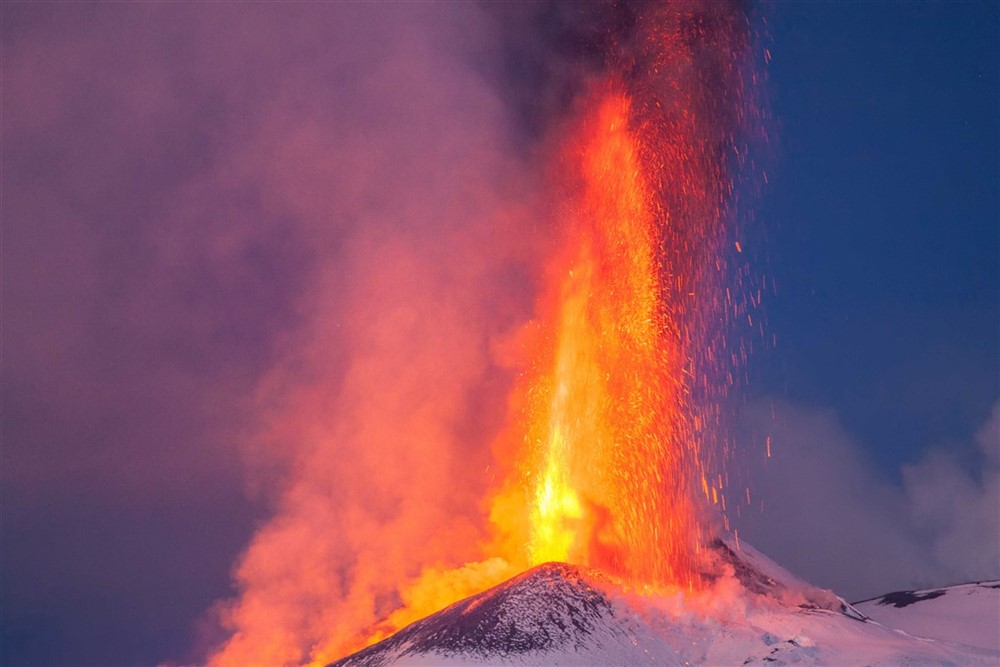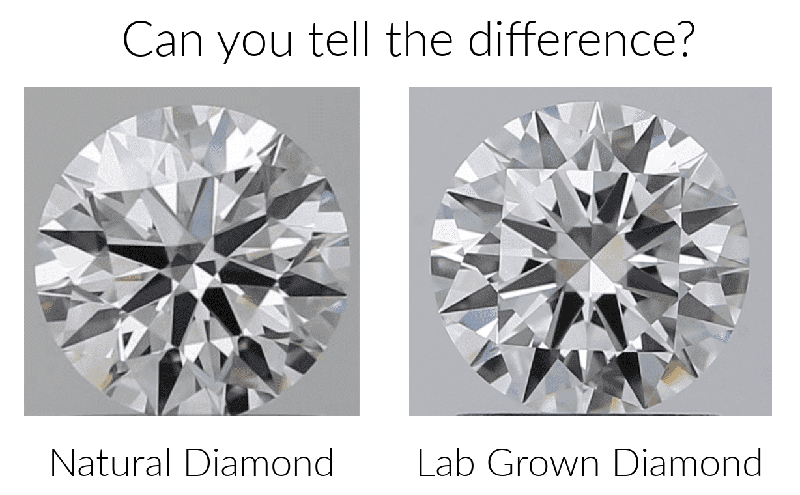Lab vs Natural Diamonds Pros and Cons
Interestingly, lab grown diamonds were originally intended for industrial use (because of their hardness and thermal conductivity). But now, thanks in large part to solid advances in technology, they have really started to become prominent in the gem world. As they push out higher quality stones, we diamond buyers want to know - what exactly is the difference between lab grown and natural diamonds? So today I have laid out all the answers for you, ranging from what real diamonds are to the differences between natural diamonds and artificial diamonds, plus the pros and cons of each! If you are a confused diamond buyer just looking for some informative answers in life, then I am here to help!
What is a real diamond?

Sometimes a “real” diamond is what people (who are not gemologists) refer to a natural diamond as...but that’s not technically correct! Basically, to qualify as a real diamond, the stone has to have a specific chemical and physical structure - they must be made of pure carbon atoms that are bonded together with covalent bonds and arranged in a crystalline structure. This strong bonding is really important because it is what makes diamond the hardest known substance on Earth. Hardness is how scratch-resistant a material is, which means only diamond can scratch diamond, and that’s a major reason why this gem is fantastic to wear all day every day! Lab grown diamonds have this same chemical and physical make-up, which means - both natural and lab grown diamonds are “real” diamonds!
What is a natural diamond?

Natural diamonds are made of pure carbon bonded together under extreme pressures and extreme temperatures, deep within the Earth’s mantle. This process usually taking over billions of years for diamonds to fully form. Then, eventually, these rough diamonds are brought to the surface by violent volcanic eruptions. Fun fact - this hardened volcanic magma pipe is actually what is typically mined to find the diamonds (and sadly not all ancient volcanoes are gem bearing). Other natural diamonds can be found in rivers or oceans after being eroded out of their original host rocks. These are the types of rough diamonds that will be sold to manufactures, who then cut and process the stones into the recognizable sparkly gems we all know and love.
Pros
- Naturally made.
- High quality diamonds are rare.
- Maintains value over time.
- Historical significance creating true allure and desire.
- Every stone is unique.
Cons
- More expensive than lab grown diamonds.
- Can negatively impact the environment (although not as much now with new regulations most countries have in place).
- Sometimes associated with “blood diamonds.” (see below)
I feel like this is worth a mention because I hear the term used occasionally, but blood diamonds, also known as conflict diamonds, are essentially diamonds that are mined in war zones and sold to finance rebels and violence and military action against a government. While this used to be a real concern, over the last 20 years the UN has done a lot to make sure we now know the source of diamonds so stones can be certified as “conflict-free.” Which means for us, some finished diamonds that are already set in jewelry can be traced to their exact origin (which is crazy!). You can look for these specifically if you would like to be extra sure your diamond is conflict-free. * All of the retailer's that list on Rare Carat have a conflict-free policy they adhere to*
What is a lab grown diamond?

A lab grown diamond is just that - a diamond grown in a lab by people instead of forming deep within the Earth. As I previously mentioned, they are still “real” diamonds because of their chemical and physical make-up. The reason this is so important to us is that the lab grown diamond will have the same hardness level we expect of a diamond, but it will also be able to reflect light (aka sparkle) the same way a natural diamond does! There really is no other stone that compares to the brilliance of a properly finished diamond. We have two main processes used in creating lab diamonds, HPHT and CVD, and both are methods utilized in making industrial and gem-quality stones.
HPHT
The high pressure high temperature (HPHT) process tries to mimic the way natural diamonds form. A diamond press will push these high pressures and temperatures onto a tiny central container containing carbon atoms. These atoms start to grow on a diamond seed crystal, eventually forming into a large enough diamond that can be cut into our finished stone. This used to be the preferred method to create diamonds but is now used to create melee (smaller than .10ct.) diamonds.
CVD
The CVD, or chemical vapor deposition process, is our second way to grow diamonds in a lab. Essentially, within a sealed chamber, a plasma cloud deposits carbon atoms onto an HPHT grown diamond seed crystal, the carbon builds in layers over time, creating a big enough stone for cutting.
Pros
- Grown in a controlled environment giving us better quality stones more often.
- Has the same chemical and physical properties as a natural diamond, meaning it is a real diamond.
- More affordable.
- Can readily come in any color.
- More environmentally-friendly (since they do not have to be mined).
- Does not take billions of years to form.
Cons
- Mass produced.
- Does not hold their value like natural diamonds do.
- Uses a huge amount of energy to create.
In a world where the diamond reigns supreme, representing love, commitment, wealth, status, elegance, etc., it makes sense that someone would want to tap into that market. Not only has someone figured out how to create lab grown diamonds, they are actually getting pretty good at it. So now, as a diamond buyer, you will have a choice to make! Ultimately though, a diamond is a diamond is a diamond - so no matter what you decide, I think it is definitely a win.

